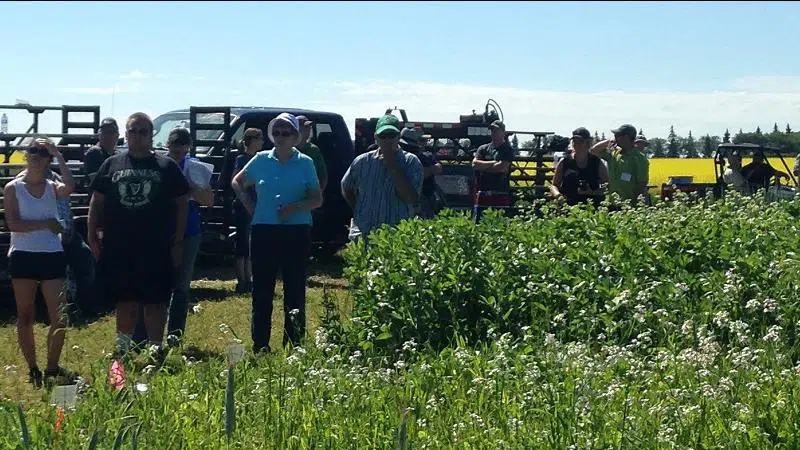
Seeding pulses in dry conditions
A lack of moisture has some farmers concerned about the upcoming growing season.
Federal satellite maps show that most of Saskatchewan’s soil is drier than average, in some cases by more than 10 per cent.
Saskatchewan Pulse Growers agronomy manager Sherrilyn Phelps said some pulses tend to be more efficient with water use.


